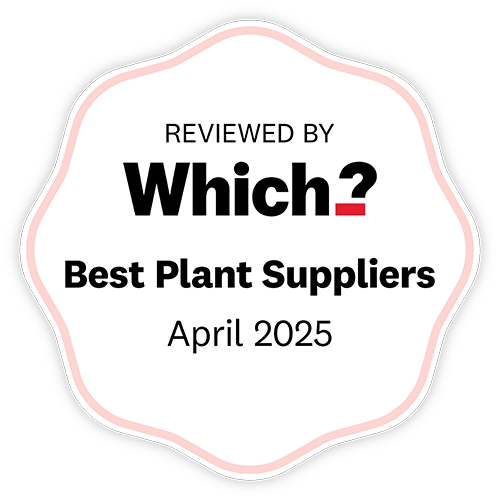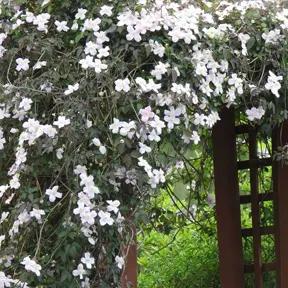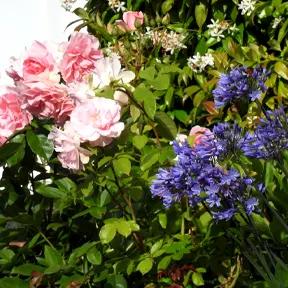Bardsey Island Apple Trees
- Eating: Crisp, hint of citrus. Also cooks well.
- Spur bearer (Good for cordons & espaliers)
- Not self fertile
- Pollinator
- Pollination Group B
- Tough tree, suitable for rough or coastal conditions.
- Crops in Late September.
Recommended extras
Description
Bardsey Island Apple Trees
Bardsey Island apple trees produce early-mid season, crisp, citrusy eating apples that are also pretty good for cooking to a puree. It is a good cropper, and is recommended for sites with poorer soil, and near the coast.
Browse our full range of apple trees or see our full variety of fruit trees.
Characteristics:
- Use: Eating. Crisp and tangy. Bakes to a sweet purée when cooked.
- Spur Bearer: suitable for cordons & training on wires.
- Tree's growth habit: Average vigour.
- Harvest: Late September.
- Store & ripen in a cool, dry place: Until November.
Rootstocks:
All of our Bardsey Island trees are grown on MM106 rootstocks.
Pollination Partners for Bardsey Island:
Your trees are partially self-fertile and their flowers must be pollinated to make good crops.
Bardsey Island is in pollination Group B.
This means that they will cross-pollinate with other apple trees in pollination Groups A, B and C.
See our Guide to Apple Tree Pollination for a full list of partners & more tips about pollination.
Disease notes:
This tree is believed to be disease resistant.
History & Parentage:
Thought to be a very old variety, though it has only recently been made available to buy. The mother tree was probably planted over 100 years ago, and was "discovered" in 1998 by Mr Ian Sturrock, growing flat against the wall of a house called Plas Bach on windswept Bardsey Island, just off the coast of northern Wales. With help from the Brogdale Trust, it has been named a unique variety and cuttings were taken to propagate the tree.
The parent has been able to survive the salt winds on the island thanks to the shape of the house, which shelters it from the 2 main directions of the wind. Whenever one of its branches grows out beyond the shelter of the walls, it is quickly killed by the salt - a sort of natural pruning. As a result, it looks more like a climbing plant growing up the side of the house than a normal tree.
How Apple Trees are Measured & Delivered:
Our fruit trees are delivered in up to 3 shapes and you can also buy selected apple trees as ready made cordons.
Maiden: This unbranched tree is the smallest starting size. You can train maidens into espaliers and cordons.
Bush: This is a style of freestanding tree with a short trunk of about 60cm. It will grow to about 3 metres tall.
Half-Standard: This is a freestanding style that will grow into a full-sized, "normal" apple tree, about 4 metres tall.
Planting Instructions
Notes on planting Bardsey Island trees:
All fruit trees like a rich soil with decent drainage, protection from the wind and plenty of sun. Apple trees like clay soil, as long as it is not prone to bad waterlogging.
Prepare your site before planting:
Improving the soil in advance of planting your apple trees will help them establish quickly and be productive for years to come. After you have destroyed all the weeds and grass, you can dig the soil over. Remove any stones and rubbish and mix in well rotted compost or manure down to the depth of about 2 spades.
You can do this on planting day, but when you do it weeks or months in advance, you will give the soil time to settle again.
Spacing Bardsey Island apple trees:
Freestanding bushes: 12-18 feet (4-6 metres) between trees and rows.
Freestanding half-standards: 18-30 feet (6-10 metres) between trees and rows.
In general, allow 1 more metre between rows than there is between each tree in the row.
Wire-trained cordons can be planted in rows 60-100cms apart.
Espaliers need to be spaced at 10-18 feet (3-6 metres) apart.
Watch our video on how to plant a fruit tree for full instructions on planting a bush or half-standard sized tree.
If you are growing a maiden sized apple tree into a freestanding tree, a bamboo cane is enough support.
If you are growing a cordon or espalier, you will need to install training wires to support them.
Remember to water establishing apple trees during dry weather for at least a year after planting.
Apple Tree Planting Accessories:
For bush and half standard apple trees, our tree planting pack includes a wooden stake & rubber tie to support the tree and a biodegradable mulch mat with pegs, which protects the soil at the base of your tree from drying out and stops weeds from sprouting.
We recommend using mycorrhizal "friendly fungi" on the roots of all new trees, especially if your soil is poorly fertile.
It's Summer Planting Season 2025

Pot Grown & Plug Plants Delivered
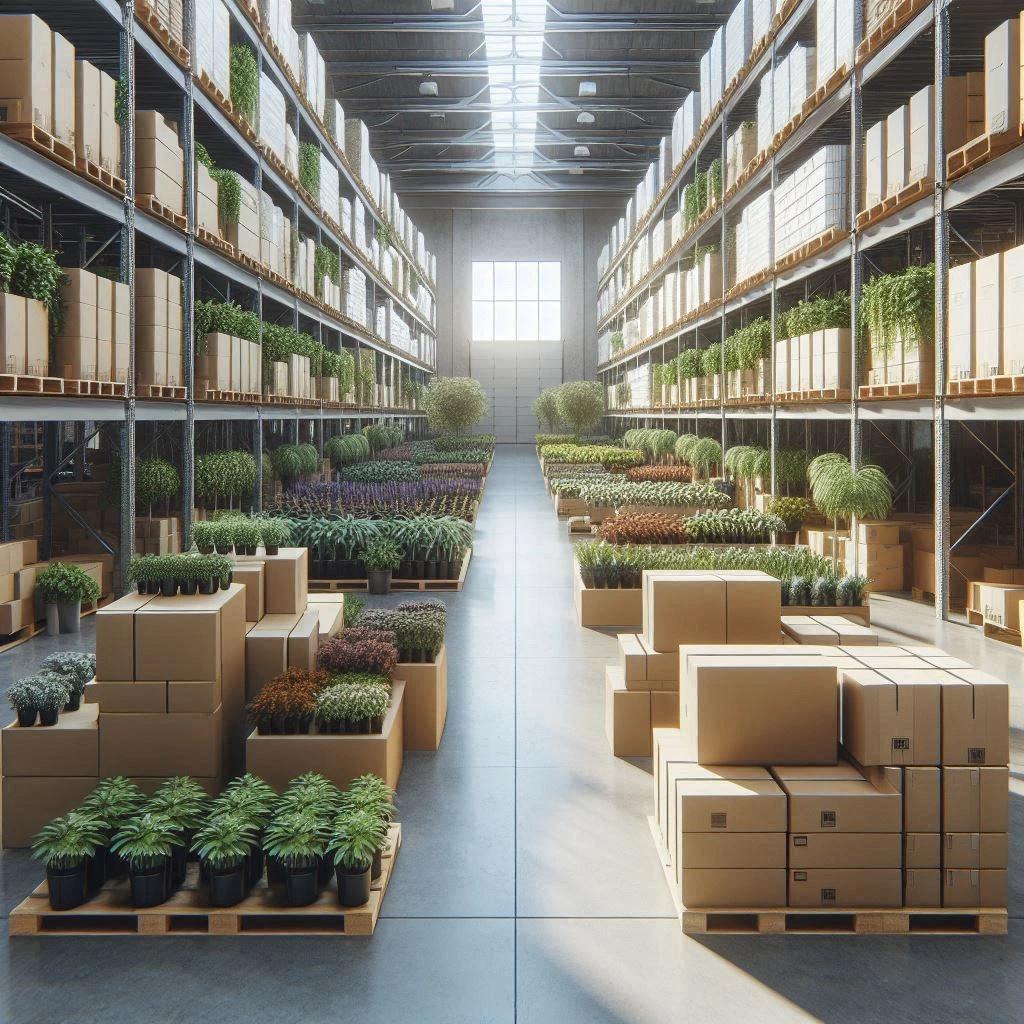
Direct from the Nursery Value
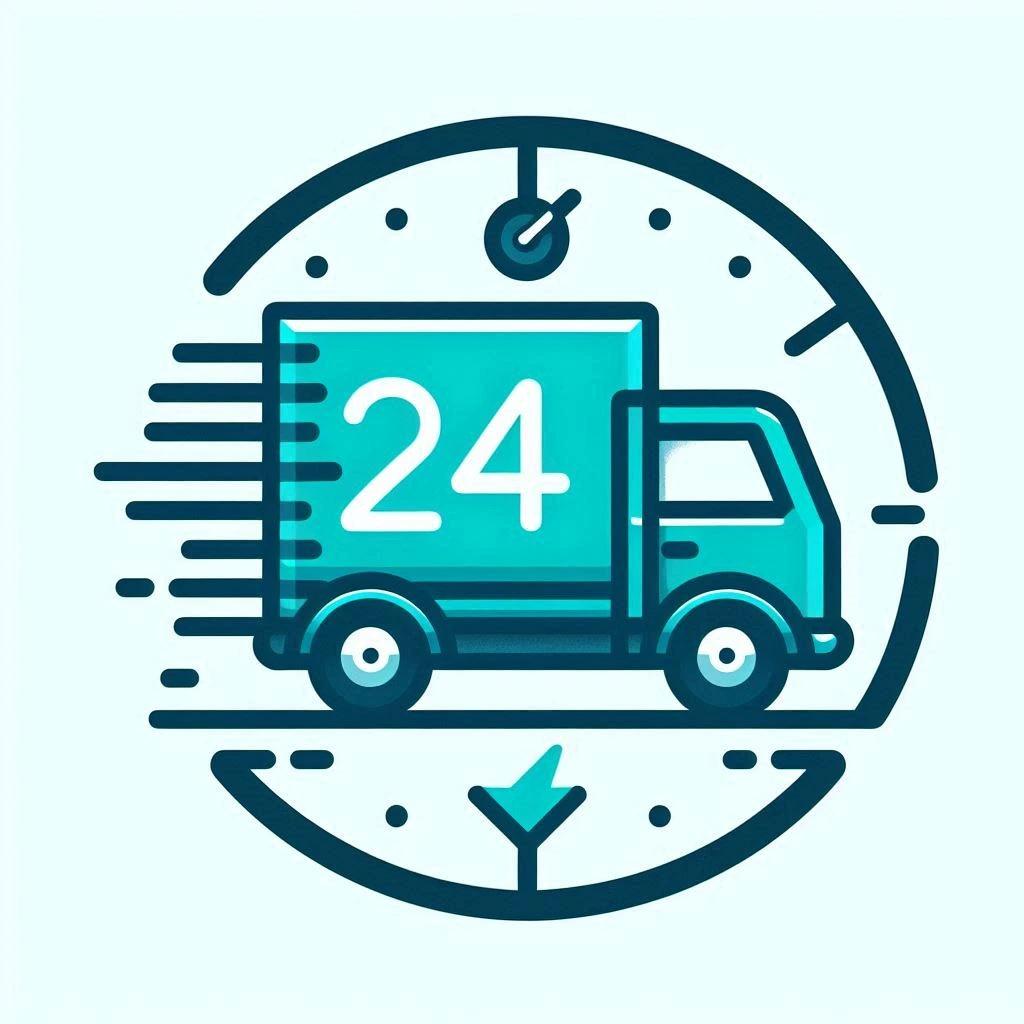
No more broken plants in the post!


.webp)
.webp)

